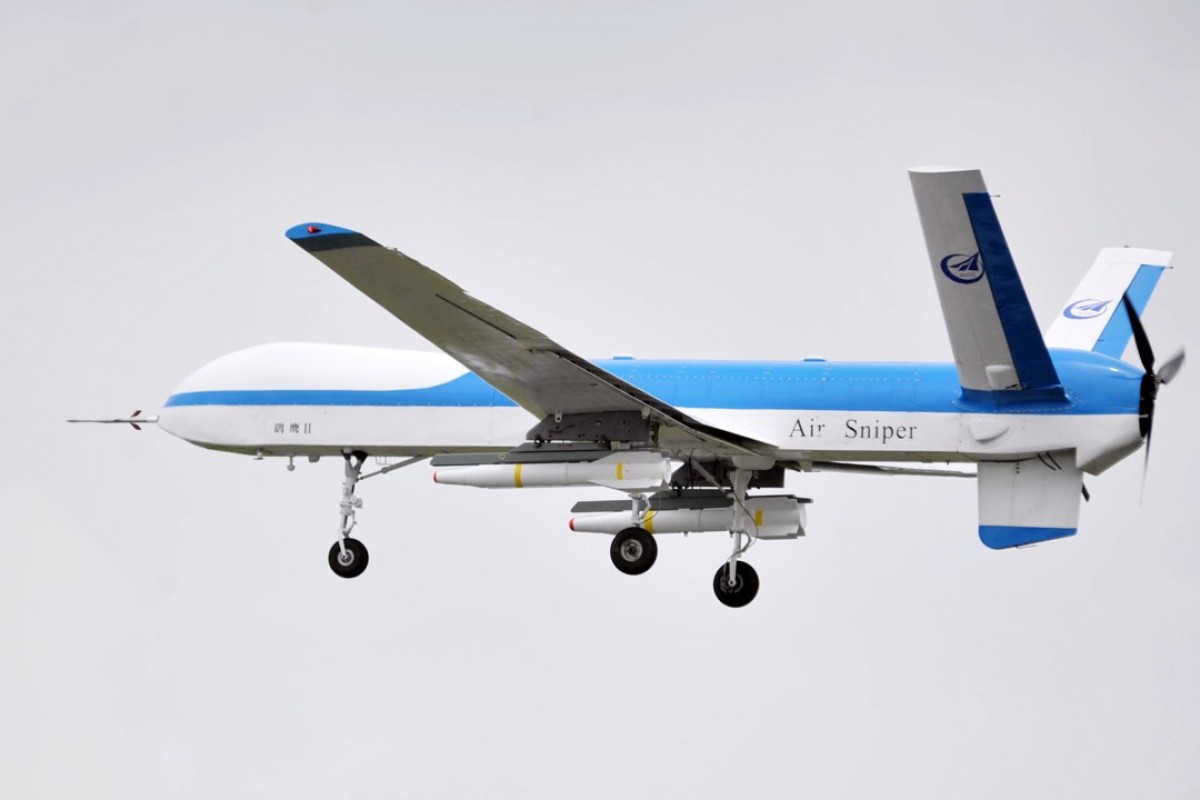
by Asanga Abeyagoonasekera 19 October 2019
“The truth is that this technology really began to take off right at the
beginning of my presidency” Barack Obama (Obama speaking
on drone strikes to Ta-Nehisi Coates, The Atlantic interview, 21 Dec
2016)
Following the 4/21 Easter Sunday attacks in Colombo, Sri Lanka’s civil aviation
authority discovered a drone belonging to extremists, then banned drones owing
to the security situation in the country.
From pizza delivery in New Zealand to assassinations in the Middle East,
autonomous machines, especially drones, are transforming our skies. They have
already influenced our daily lives. We will see more mind-bending, life-saving
and life-threatening applications of the autonomous technology in the years to come.
Swarms of drones will work together to paint the exterior of your house in just
a few hours, heat resistance drones will fight forest fires with hundreds of
times the current efficiency of firefighters and other drones will perform
search and rescue operations in the aftermath of natural disasters. In ‘AI
Superpowers,’ Dr. Kai Fu Lee explains that “China will almost certainly take
the lead in autonomous drone technology…Shenzhen is the home to DJI, the
world’s premier drone maker.” China will surpass the US in Research and
Development budgets for autonomous technology and there is a clear danger in
the competition. While drones could help humans, they could also bring
destruction to our lives.
On September 14 this year, two drone strikes on Aramco facilities in Saudi
Arabia destabilised global oil markets. The attack conducted by Houthi rebels
from Yemen knocked out more than half of crude output from the world’s top oil
exporter in Saudi Arabia. It cut output by 5.7 million barrels per day. While a
Saudi-led coalition launched airstrikes on Yemen’s northern Saada province,
Houthi rebels claimed responsibility for the drone attack and sent a clear
threat to Saudi Arabia that their targets “will keep expanding” in
the future. The world’s third-largest spender for military, with a staggering
$67.6 billion defense budget, couldn’t prevent the drone strike by the
financially tied rebels.
In a similar drone attack on January 10, Houthi rebels assassinated Mohammad
Saleh Tamah, the head of Yemen’s Intelligence service, during a military
parade. The drone carried between 70 and 100 kilogrammes of explosives, which
detonated while flying over the main stage of the military parade.
On August 4 last year, Venezuelan head of state President Maduro was targeted
by two drones which exploded while he was addressing a group of soldiers at a
military event in Caracas. He survived unharmed.
Small scale terrorist outfits and extremists now have clear access to
technologies that magnify their ability to wreak havoc. In Sri Lanka, the 4/21
Easter Sunday bombers used bitcoin transfers to obtain a drone and used it for
pre-attack information gathering. There is no guarantee that the next set of
attackers will not have access to drone technology or tools of cyber warfare.
According to Collin P. Clarke from RAND corporation: “This trend will likely be
further exacerbated by subsequent technological developments, with the ability
of individuals and small groups to cause wide-scale disruptions to
society—through cyberattacks or the use of drones.”
The technology has assisted the replacement of human suicide bombers. It is
more accurate, can travel far and is relatively cheap to stage a high-profile
strike. According to Wim Zwijnenburg, a senior researcher on drones at PAX, the
drones used by Houthis may have cost $15,000 or less to build. The investment
of a human suicide bomber will be replaced by autonomous machines.
Nations under high security threat and which have faced ISIS attacks should
ramp up coordination among intelligence agencies, civil aviation, customs, air
force intelligence, police, and other authorities to counter future attacks.
Proposals put forward by air intelligence in Sri Lanka are still not fully
implemented, and the government needs to give these proposals top priority to
ensure public safety.
The 4/21 threat has faded from security discussion with the upcoming
presidential elections taking the centre stage. It was unfortunate to hear from
the president at the parliamentary oversight committee on September 11 that
“not a single regulation has been fully implemented after the 4/21 attack and
it’s been five months.” The fake news act, the Madrasa regulation act, the
Burqa ban, and SIM card regulations, to name a few.
The State has to be extra cautious when introducing such regulations into
society. It must be prepared for indirect consequences, which may further State
problems. For example, the SIM card regulation proposed by the Telecom
Regulatory Commission to limit SIM cards to two per person will not resolve the
problem. Rather, it will affect the telecommunications market. Instead of
limiting the purchase of SIM cards, which will be an unfruitful exercise, the
authorities should focus on ‘profiling and cross-platform intelligence
sharing.’ Even on regulating Madrasas, there is no guarantee that it will be
possible to monitor what will be taught, since syllabuses are not unified.
Courses offered by Arabic colleges in the Arabic language are taught across
1,675 centres in 24 districts in the country. There is no serious oversight of
Madrasas, though they have mushroomed around the country in recent years.
While the government struggles to introduce new regulations to improve national
security, it is vital to keep in mind future possible threats. Security lapses
will damage economic infrastructure, increase security costs, disrupt markets
and spread fear in a manner not so different from the Middle East.
